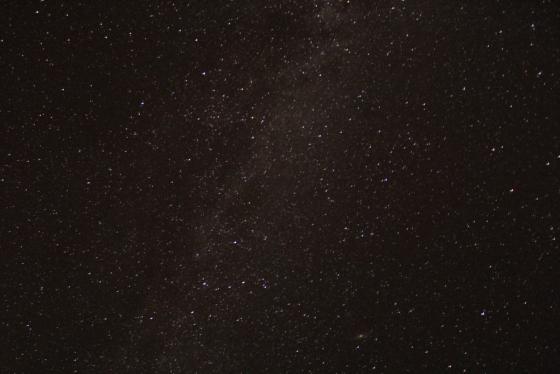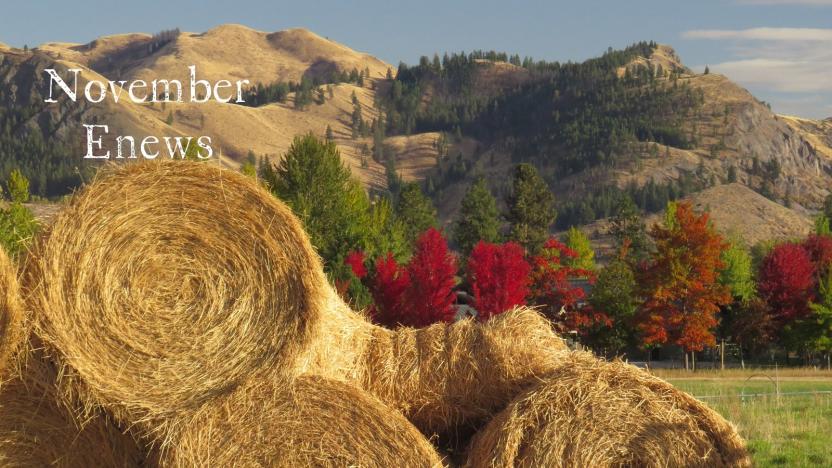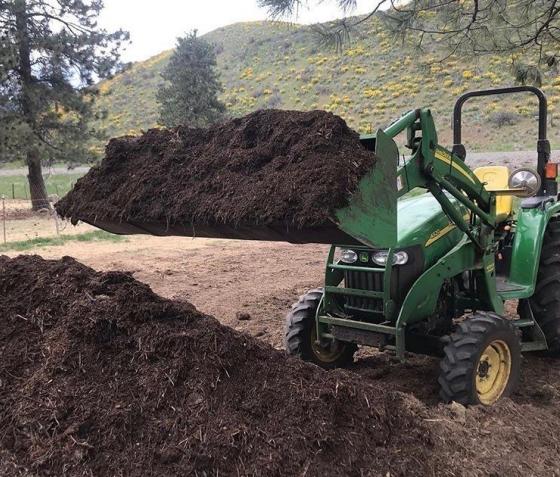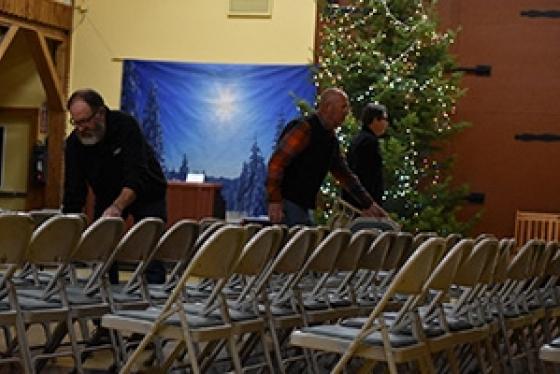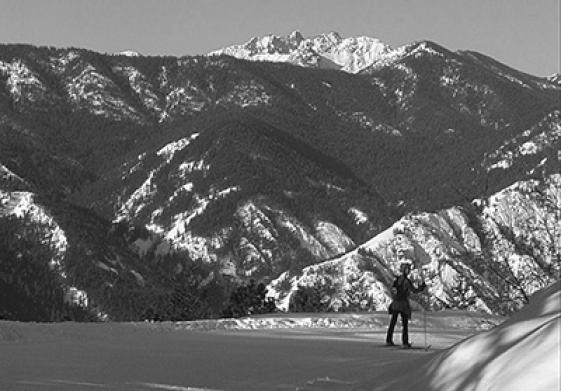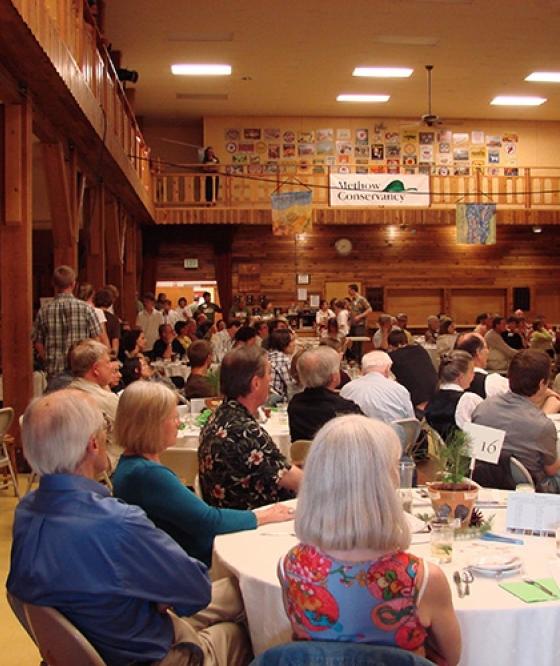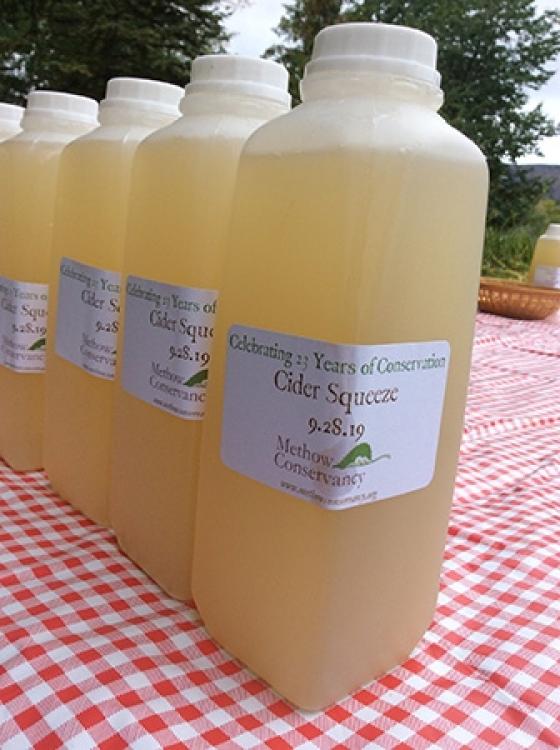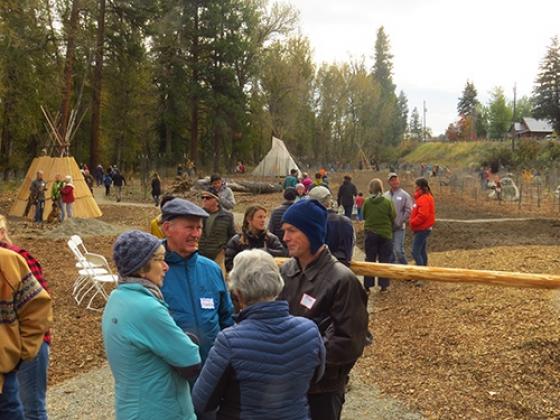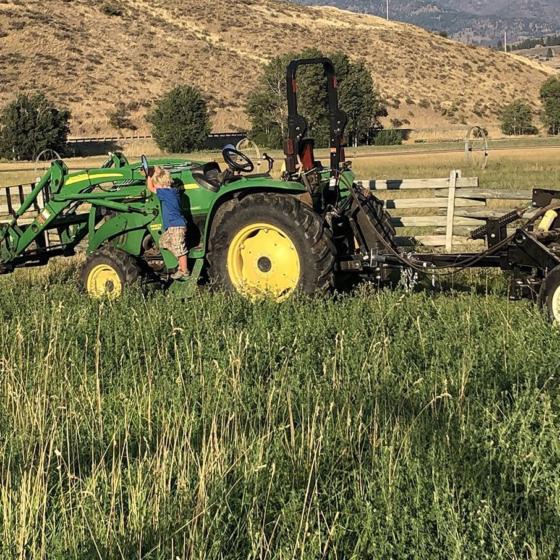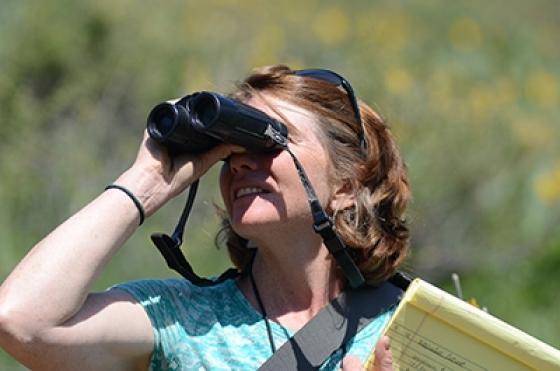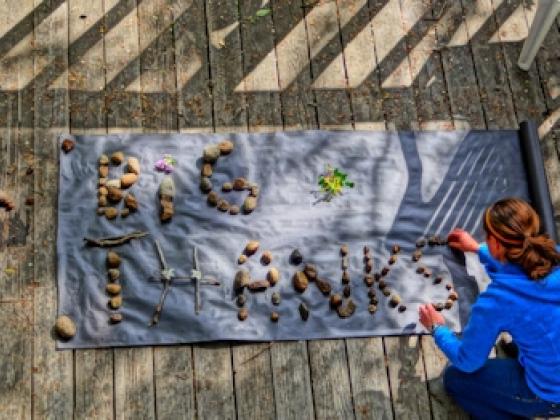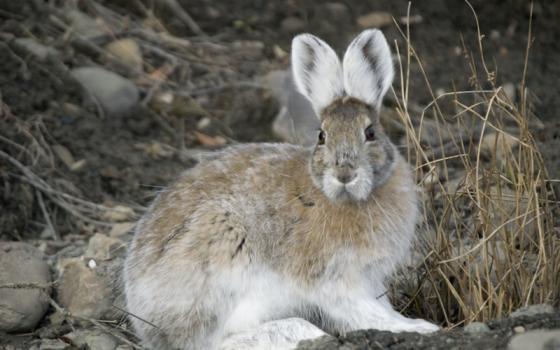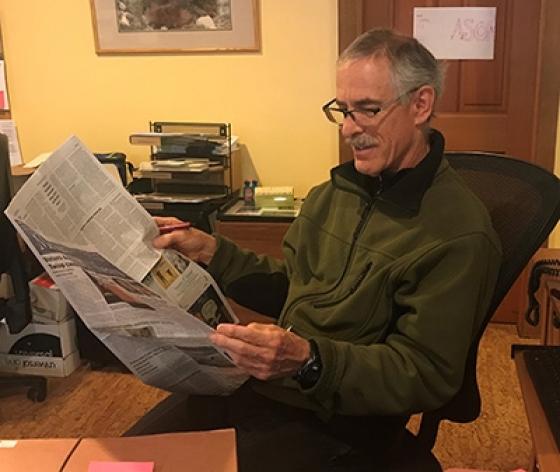Our November Reading List
We thought you might be interested in seeing what we’ve been reading. Editor’s note: These articles do not represent the beliefs or opinions of the Methow Conservancy or its staff. We offer them purely as a means of sparking discussion.
Seattle Times: Wall Street Spending Millions to Buy Up Washington State Water: Once again the Methow Valley is at the forefront of a major environmental issue facing the west. Crown Columbia Water Resources, a private investment firm based out of Spokane, is buying up irrigation water rights on tributaries to the Columbia River in hopes of selling them to more profitable farmers on the main stem of the Columbia. This type of consolidation removes water available for use in places like the Methow and prices out smaller local agriculturalists that are the backbone of North Central Washington communities. Here at the Methow Conservancy we will continue to work to keep water rights in the Methow Valley. This is why we do things like require that water rights are permanently secured to the land on all of our agricultural conservation easements.
Crosscut: The 'Greatest Bird Guide Ever’ on Race, Survival, and Birding While Black: Many white birdwatchers have never considered that birdwatching with brown or black skin can be a dangerous practice. Spending time at dawn or dusk in rural settings with binoculars can attract undeserved attention. My older brother worked with a professor of wildlife biology who moved from Illinois to Montana and lost an African American graduate student in the transition because they didn’t feel they would be able to birdwatch safely in Montana. Drew Lanham has had these experiences as a professor of wildlife ecology at Clemson University, lifelong birdwatcher, and an African American. He has written a new memoir called The Home Place: Memoirs of a Colored Man’s Love Affair with Nature about his own experiences navigating nature, science, and life in a white world.
Outside Online: A New Plan to Make Camping in National Parks Worse: The Interior Department has outlined a plan to turn over the publicly run campgrounds in National Parks to private concessionaires. In addition, the plan has called for increasing development in campgrounds without environmental review, increasing camping fees, and bringing in amenities such as Wifi and food trucks. All of these proposals beg the question cui bono?
Crosscut: Could Columbia River Sturgeon Become a Source of High-end Caviar? The Yakama Nation is Counting on It: You may or may not know that beluga caviar is the roe from beluga sturgeon, a critically endangered species found mainly in the Caspian Sea that can run up to $10,000/kg on the open market. Due to its endangered status, beluga caviar has been banned in the US since 2005. The Yakama Nation has a plan to capitalize on this open niche in the US market and offer high end caviar from locally sourced Columbia River white sturgeon. Their aim is to have Columbia River caviar in stores by spring of 2020 and to generate enough revenue to fund their sturgeon, trout, and lamprey population restoration efforts.
High Country News: The Confederated Tribes of the Colville Reservation: The Arrow Lakes Band are one of eleven tribes that inhabit the Colville region of the US and in the not so distant past British Columbia. In the 1950’s after the last known member of the Arrow Lakes Band in Canada died, the government declared the tribe officially extinct. Except that members of that tribe with ties to their ancestral home in Canada were still living in Washington State. So to get back their official status as a First Nation, the Arrow Lakes Band pulled off a strategic protest that has led to a high stakes court case that is now being decided by the Supreme Court of Canada.
